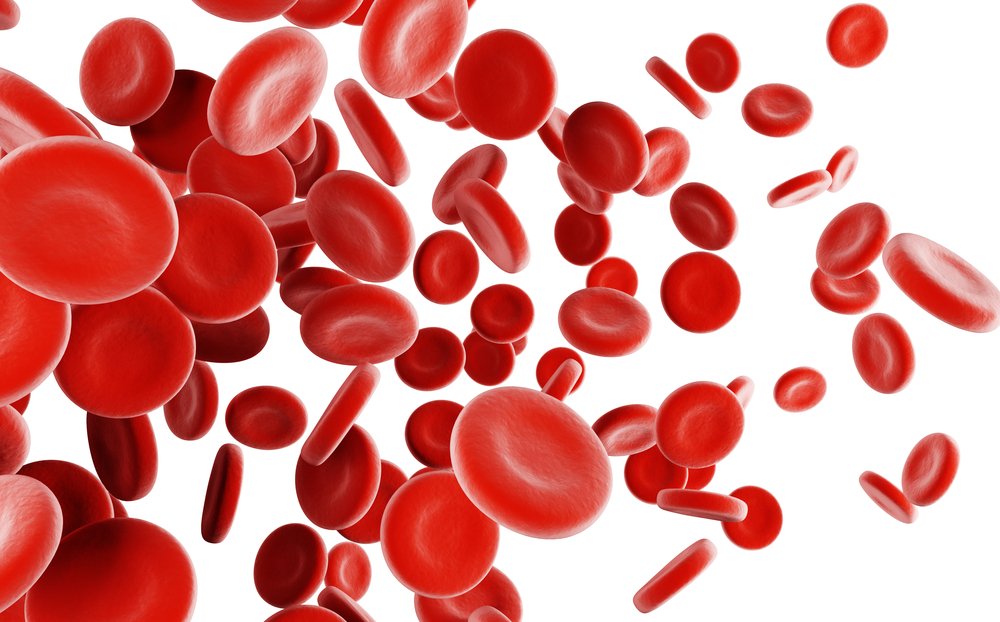Proteins KL-6 and SP-D Could Help Doctors Keep Tabs on Systemic Sclerosis-related Lung Disease

Blood levels of the KL-6 and SP-D proteins may help doctors monitor the progression of interstitial lung disease (ILD) associated with systemic sclerosis (SSc), a study reports.
The research, “Serum KL-6 And Surfactant Protein-D As Monitoring And Predictive Markers Of Interstitial Lung Disease In Patients With Systemic Sclerosis And Mixed Connective Tissue Disease,” was published in the Journal of Thoracic Disease.
ILD is frequently associated both with SSc and mixed connective tissue disease (MCTD). The condition manifests itself differently in patients, making its outcome difficult to predict.
KL-6 and SP-D are involved in several lung diseases, including pulmonary fibrosis and pneumonia.
Previous studies investigating blood biomarkers for SSc-ILD have shown that increased KL-6 levels are associated with poor patient prognosis. The studies also showed that patients with SSc/MCTD-ILD who had KL-6 levels of at least 1,000 U/mL had worse survival rates than those with KL-6 levels below 1,000 U/mL.
Researchers wondered whether KL-6 and SP-D levels could help predict the progression of ILD. They analyzed the medical records of 40 patients, 29 of whom had SSc-ILD and 11 of whom had MCTD-ILD. They also measured blood levels of KL-6 and SP-D and performed pulmonary function tests and high-resolution computed tomography (HRCT) tests on the patients.
They discovered that KL-6 levels correlated with HRCT images of the extent of the disease and the lungs’ capacity for gas exchange. Gas exchange involves the lungs releasing oxygen into the blood after inhaling, and taking carbon dioxide from the blood to be exhaled.
Researchers also found a significant association between KL-6 levels and changes in forced vital capacity (FVC) — a measure of respiratory function — in both SSc-ILD and MCTD-ILD.
Increased blood levels of SP-D were also found to be a significant predictor of FVC decline in SSc-ILD and MCTD-ILD patients.
The research team also discussed the case of a 65-year-old man with SSc-ILD who had normal SP-D levels and stable FVC for three years but who, soon after an initial hospital visit, exhibited higher SP-D levels and declining FVC scores.
“In our case presentation, the serum level of SP-D at the initial visit was low, and the FVC was relatively stable for about 3 years,” the researchers wrote. “However, SP-D increased by 1.84 times that at the initial visit, and soon thereafter, the patient’s FVC rapidly decreased. In contrast, the [blood] level of KL-6 was not found to be a predictive factor of FVC decline in this case. Therefore, higher [blood] levels of SP-D appear to be a predictor of the progressive deterioration of ILD.”
Taken together, the results suggested that blood levels of KL-6 can help doctors monitor SSc/MCTD-associated ILD activity, while blood levels of SP-D may be a valuable predictor of short-term FVC decline.
“Our study suggested that changes in [blood] levels of KL-6 were significantly related to the changes in FVC in patients with SSc/MCTD-ILD, which indicates that [blood] KL-6 could be a useful monitoring tool of ILD activity as the FVC changes in these patients,” the research team concluded. “In contrast, the [blood] level of SP-D was a significant predictor of FVC decline in these patients. We believe that the combination of KL-6 and SP-D will be helpful in the evaluation of SSc/MCTD-ILD disease activity and the timing of medical interventions.”






